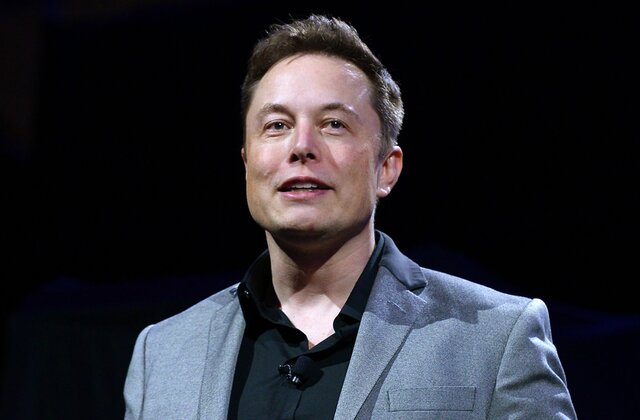Musk: “1m terminals manufactured”
September 27, 2022

Elon Musk has revealed on Twitter that SpaceX has now manufactured more than 1 million Starlink user terminals.
Starlink has enjoyed a steady rise in its subscriber numbers. In March this year Starlink claimed 250,000 users. By May that had expanded to 400,000. By June this year the business claimed it had 500,000 users. That had grown to 700,000 earlier in September.
In other words, at that rate of growth, it is perfectly likely that between now and year-end the broadband-by-satellite operator will be close to – or perhaps even surpass – the 1 million subscriber total.
As the Starlink fleet has grown so other countries and territories have been added to its coverage footprint. Starlink now claims more than 40 nations and territories served from its portfolio of more than 3000 satellites, and being added to at a rate typically of more than 100 satellites per month.
There have been problems, and India is a case in point. Despite early successes in winning some 5000 early adopters, it seemed that Starlink hasn’t quite fulfilled the official bureaucratic documentation and licence applications needed to be active in the country. India’s Dept. of Telecommunications warned users not to sign up to Starlink and told Starlink to cease activity in the country. The glitch led to Starlink’s local Director (Sanjay Bhargava) stepping down (in December 2021) after just 4 months into the job.
For subscribers, especially in poorly served regions, the growth in the number of satellites has meant better service and faster connectivity. According to a report from speedtest specialists Ookla, median download speeds for Starlink dramatically increased between the first quarter of 2021 and 2022 in both the US and Canada. The service’s speeds saw a 38 per cent increase in the US and in Canada, speeds increased by nearly 58 percent in the same time period. In the US, Starlink users can expect to get speeds around 90.55 Mb/s while Canadian users should see speeds close to 97.40 Mb/s.
Ookla says that, for example, Starlink’s service in Mexico (in Q1/2023) was the “fastest satellite provider in North America”.
Starlink – during Q1 – was fastest for download speed in Lithuania at 160.08 Mb/s, followed by Belgium (147.85 Mb/s), Slovakia (146.25 Mb/s), Croatia (136.00 Mb/s), and Austria (132.61 Mb/s). Spain was the only country to have its fixed broadband beat Starlink for fastest median download speed, achieving 131.99 Mb/s to Starlink’s 108.43 Mb/s within the country.
However, there are also negative reports which suggest that as more users sign up then – inevitably – there’s network congestion. Starlink’s median download speeds in the US dropped from 90.6Mb/s to 62.5Mb/s between the first and second quarters of 2022, according to more recent Ookla speed tests.
Starlink is targeting an initial 4,000 satellites building to 12,000 over time, and beyond.
Other posts by Chris Forrester:
- Virgin Galactic in stock split
- Thuraya-3 suffers major problem
- AST SpaceMobile hit by Class Action
- Optimism under threat at SES
- Rivada visits Terran Orbital’s manufacturing HQ
- Avanti wins spectrum debt obligation case
- SpaceX breaks records for re-use launchers
- IRIS2 already in trouble?
- Intelsat contemplates next steps
